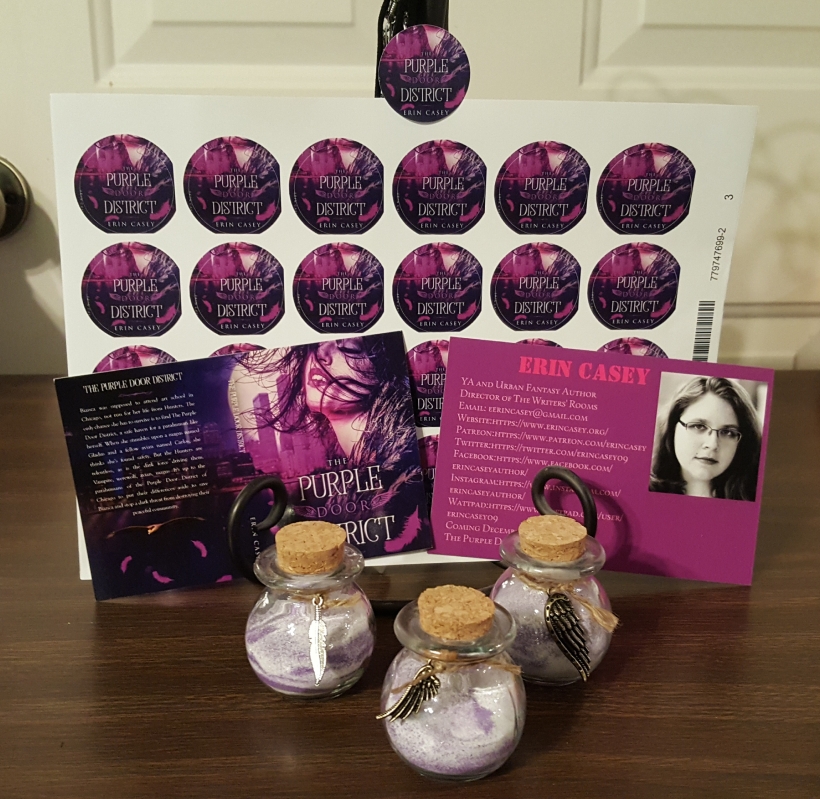Whether you write fantasy or science fiction, it’s not uncommon for weapons to make an appearance in your story. Choosing the type of weapon your character uses can be an important defining characteristic both for your character and for the world that the story is set in. Today we’re going to talk about different weapons you might find in fantasy/sci-fi worlds and things to consider when giving them to your character.
Just as a note, some regional weapons will be divided up between fantasy and sci-fi based on how often they are used as stereotypes across these genres.
Fantasy Weapons: Many fantasy stories end up revolving around Medieval Europe/ Middle-Eastern weapons. Depending on your world, the weapons might be modified based on the race holding them (dwarves, elves, humans, halflings, etc), or if magic is involved.
- Medieval Europe Weapons
- Swords (short sword, longsword, bastard sword, claymore)
- Rapier
- Dagger
- Crossbow
- Bows
- Pullarms (spears, pikes, halberd)
- Javelins
- Bolas
- Sling
- Scythe
- Scimitar
- Tulwar
- Dirk
- Maces
- Axes
- Morningstars
- Staff
Science Fiction Weapons: Sci-fi weapons are often based on a mix of technology, integrating different cultures, and creating things from scratch. Writers can get really creative with these, (especially if they’re able to turn a medieval-like weapon into a gun, ie. RWBY).
- Blasters
- Lazers
- Phasers
- Sonic Screwdrivers
- Focused Radiation Beams
- Lasso
- Katana
- Bokkan
- Lightsabers
- Particle Beams
- Gun
Resource: Coolest Science Fiction Weapons, Ranked
Characters and Weapons: When you create your character and decide they should use a weapon, there are a few things that you should ask yourself and remember.
- Why does your character carry a weapon? Is the weapon a reminder of a family member or friend? Is your character a warrior? Was it the only weapon they knew how to wield? Are they fighting a war or living in a dangerous place? Make sure you give a reason behind why your character has the weapon in the first place.
- How did your character learn to use the weapon? Too often characters have weapons but there’s no explanation on how they learned how to use them…or they somehow master them unrealistically (*cough*LukeSkywalker*cough*). Schooling? Personal lesson? A prodigy? It’s more believable if the reader knows just how the character was trained. I think Game of Thrones does a pretty good job of this when it shows Arya learning how to master her sword Needle thanks to her “dancing” teacher.
- Does your character use the weapons to kill? There’s a big difference between using a weapon to defend oneself and using it to kill another person. Why would your character kill someone with it? Why wouldn’t they? Do they follow a code that causes them to act a certain way with the weapon? This brings to mind the character Morgan from The Walking Dead/ Fear The Walking Dead. After going through a bought of insanity, Morgan ends up meeting a man who teaches him how to use a staff to fight, but not to kill. Morgan starts to follow the ideology that he shouldn’t take a life because otherwise he’ll lose a part of himself. The staff becomes that constant reminder.
- Consistency: First of all, don’t forget that your character has the weapon. If she’s wearing a dagger or a blaster in chapter 3, she better be wearing it in chapter 8. Second, make sure the weapon itself stays consistent. Don’t have her using a dagger one moment that seems to be as long as a broadsword in the next. Or if she’s shooting a gun, make sure you know how many rounds she can actually fire and the damage it can do. Third, if the weapon is special in any way (size, color, weight, appearance), it needs to stay that way through the whole story.
- Know your facts: Once you choose a weapon for the character, make sure you know as much about it as possible. For example, you likely won’t have a short character wielding a claymore that can be up to 55 inches. If using a gun, know how many bullets it has, or its target range. The same goes for a blaster, phaser, etc. Sword lengths vary depending on the blade. If you’re trying to stick to a particular era, don’t have a gun show up in a medieval setting.
- Knighthood/Status: Does your character wear a weapon to signify knighthood or perhaps a higher social status? Is your character part of an army where they all use the same kinds of weapons?
- Magic: Is the weapon magical in someway? Can it burst into flames if a spell is cast on it? Can it hurt certain beings over others? Does magic fuel it to make it work?
It’s easy enough to say your character picks up a sword and fights with it, but knowing the history behind that character and the weapon is vital. Some characters become very attached to their weapons and even name them (Jon Snow’s Longclaw, Ruby’s Crescent Rose, Bilbo’s Sting). Do your character, and their weapon, justice by making the weapon part of the story instead of just a meaningless item the character lugs around.






